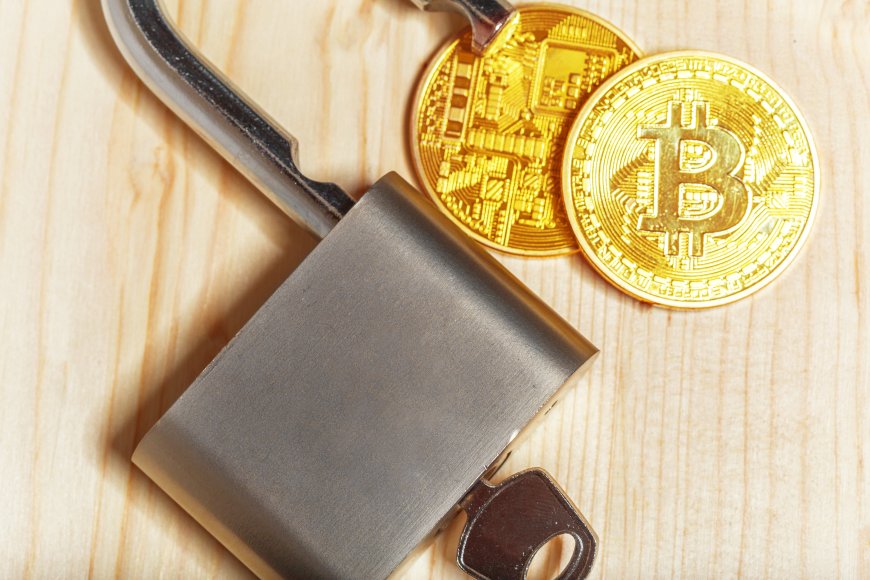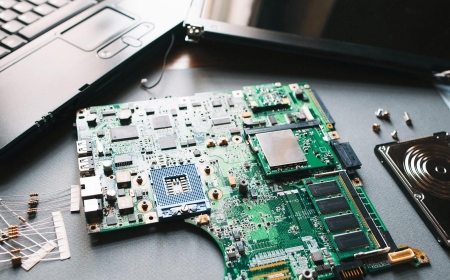Best Cold Wallet for Long-Term Crypto Security: What to Know Before Choosing
Explore what makes the best cold wallet for crypto in 2025. Learn about offline storage, key features, and how to choose the right device for long-term protection.

With cryptocurrency adoption continuing to rise, so does the need for better ways to store digital assets safely. While exchanges and software wallets offer convenience, they expose users to online vulnerabilities. Thats why more investors are turning to offline storageand specifically, to finding the best cold wallet available.
A cold wallet gives you true ownership and security by keeping your private keys disconnected from the internet. In a space where losing access can mean losing everything, the value of secure storage cant be overstated.
So, what makes a cold wallet the best? And how do you choose one that fits your needs?
Why Cold Wallets Are Still Essential in 2025
It might seem like crypto has gone mainstream, with fintech apps and exchanges making it easier than ever to buy and hold tokens. But these platforms are still vulnerable to:
- Hacks and phishing attacks
- Exchange insolvency
- Regulatory freezes
- Mismanagement or insider theft
The best cold wallet eliminates these risks by keeping your private keys offline. Unlike hot wallets, which remain connected to the internet and are more susceptible to attack, cold wallets offer air-gapped protection. Thats why institutions, seasoned investors, and long-term holders continue to rely on them, even as technology advances.
What Is a Cold Wallet?
A cold wallet is any wallet that stores crypto offline. Unlike a browser extension or exchange app, it does not require internet access to hold or secure your private keys.
There are several types of cold wallets:
- Hardware Wallets Small devices that connect briefly to your phone or computer to sign transactions. These are the most common and user-friendly.
- Paper Wallets Physical printouts of your private keys or seed phrases. Low tech, but secure if stored well.
- Air-Gapped Devices Computers or phones that are permanently disconnected from the internet, used strictly for signing transactions offline.
For most users, hardware wallets strike the best balance between usability and high-level security.
What to Look for in the Best Cold Wallet
Choosing the best cold wallet depends on your individual needs. Whether you're storing a few thousand dollars or managing a larger portfolio, here are some essential features to consider:
1. Security Architecture
Look for wallets that use secure elements (SE chips), encrypted firmware, and tamper-resistant design. These reduce the risk of physical theft and unauthorized access.
2. Backup & Recovery Options
A wallet is only as good as its backup process. Choose one that makes it easy to recover access using a 12- or 24-word recovery phrase.
3. Multi-Asset Support
If you hold Bitcoin, Ethereum, altcoins, or NFTs, make sure your wallet supports them natively. Some wallets now even support DeFi tokens and Layer 2 networks.
4. User Experience
Security is key, but usability matters too. The best cold wallets offer simple interfaces, mobile apps, or integration with existing platforms like MetaMask.
5. Reputation and Transparency
Avoid unknown or new brands without a proven track record. Look for companies with active development, public audits, and support from the crypto community.
Top-Rated Cold Wallets to Consider
Here are some of the most widely respected options when researching the best cold wallet in 2025:
- ColdWallet Designed for security-first users, this hardware wallet offers air-gapped signing, multi-token support, and intuitive setup. Its ideal for those who want to fully own and protect their assets offline.
- Ledger Nano X Popular for its Bluetooth connectivity and broad token support. Well-suited for users who want mobility with cold storage.
- Trezor Model T Offers open-source transparency, touch screen controls, and a focus on decentralization. Great for users who value code visibility and community trust.
- Keystone Pro Known for its fully air-gapped system using QR code transaction signing. Offers strong multi-chain support and advanced recovery features.
Each of these wallets offers a different mix of featuresbut they all prioritize user-controlled, offline security.
Risks to Avoid
While cold wallets are secure by design, human error can still lead to loss of funds. Here are common mistakes to avoid:
- Losing your recovery phrase: This phrase is your only way to recover access. Store it offline in a secure location.
- Buying from unofficial sources: Always purchase directly from the wallet manufacturer to avoid tampered devices.
- Forgetting to update firmware: Updates often include vital security patches.
- Not testing the recovery process: Before sending large amounts, ensure you can recover access on another device.
Remember: A cold wallet is like a vault. If you lose the keys, theres no help desk to call.
Final Thoughts
As crypto becomes more integrated into personal finance and long-term investment strategies, protecting your assets becomes non-negotiable. Using the best cold wallet ensures that your digital wealth isnt exposed to online vulnerabilities, custodial risk, or centralized failure.
While hot wallets and exchanges may be fine for quick trades or small balances, cold wallets are the foundation for serious security. Whether you're a beginner looking for peace of mind or an experienced investor managing a diversified portfolio, a cold wallet puts you in full control.
Dont wait until a breach or mishap to start thinking about security. Choose a cold wallet that fits your needsand sleep easier knowing your crypto is safe, offline, and in your hands.


























